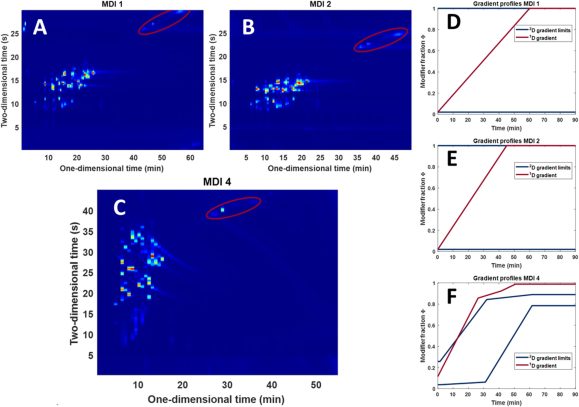The CAST scientist Ziran Zhai recently published a manuscript in which he investigated the usefulness of two novel CAST methods, namely low-flow HILIC [1] and SEC-HRMS [2], to characterize extensively glycated proteins from the intact level. Zhai focuses on four critical aspects: i) using denaturing HILIC-MS to separate glycoconjugates (including, in some cases, the separation of isomers), ii) using native SEC-MS to study the aggregates formed during glycation, iii) identifying the advanced glycation end-products (AGEs), and iv) monitor the dynamic changes of AGEs.
Advanced glycation end products (AGEs) are a family of compounds of diverse chemical nature that are the products of nonenzymatic reactions between reducing sugars (here glucose) and, in the case of our study, proteins. Sugars can attach at different positions in a protein following a Maillard reaction, distributing over several amino acids and in many different chemical species. Previous studies focused on digesting glycated proteins to identify the AGEs and glycoconjugates from the peptide level. However, these strategies make it difficult to monitor the co-occurrence of multiple glycation events and, therefore, cannot monitor the evolution of the glycation process.
In this study, three model proteins (RNase-A, hemoglobin, and NISTmab) were exposed to conditions that favored extensive glycation and the formation of AGEs. As shown, with HILIC-MS, the glycated forms of the proteins could be resolved based on the number of reducing monosaccharides, and the SEC-MS method under non-denaturing conditions provided insights into glycated aggregates (Figure 1). More than 25 different types of species were observed in both methods, among which 19 of these species have not been previously reported. By tracing the progress of glycation, the dynamic changes of the specific AGEs could be monitored over time.

The study is part of the FFF (From Form to Function) project of Zhai, Astefanei,
Corthals, and Gargano and was funded by the Chinese Scholarship Council (CSC) and was recently published in Analytica Chimica Acta and can be accessed freely at the link below.
https://www.sciencedirect.com/science/article/pii/S0003267024003441
References
[1] https://pubs.acs.org/doi/full/10.1021/acs.analchem.1c03473
[2] https://www.sciencedirect.com/science/article/pii/S0003267023005457

























